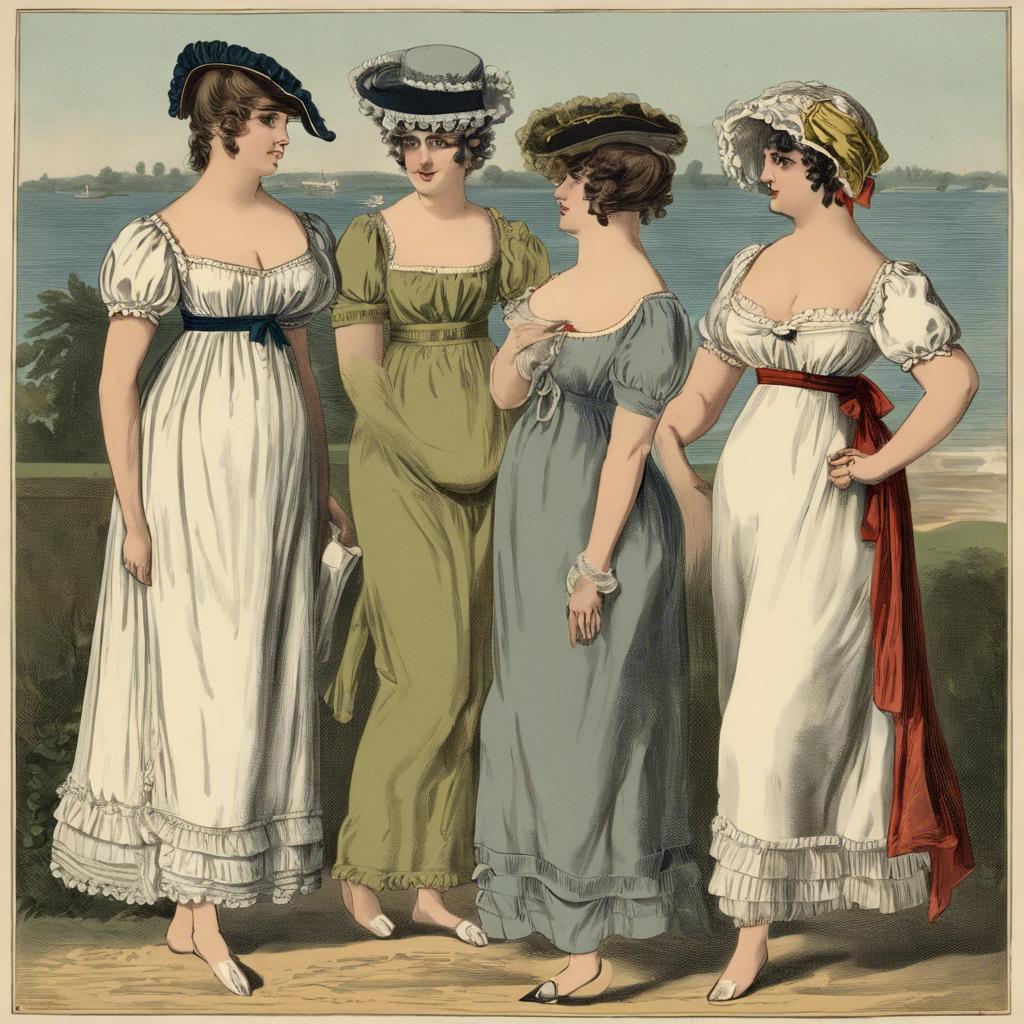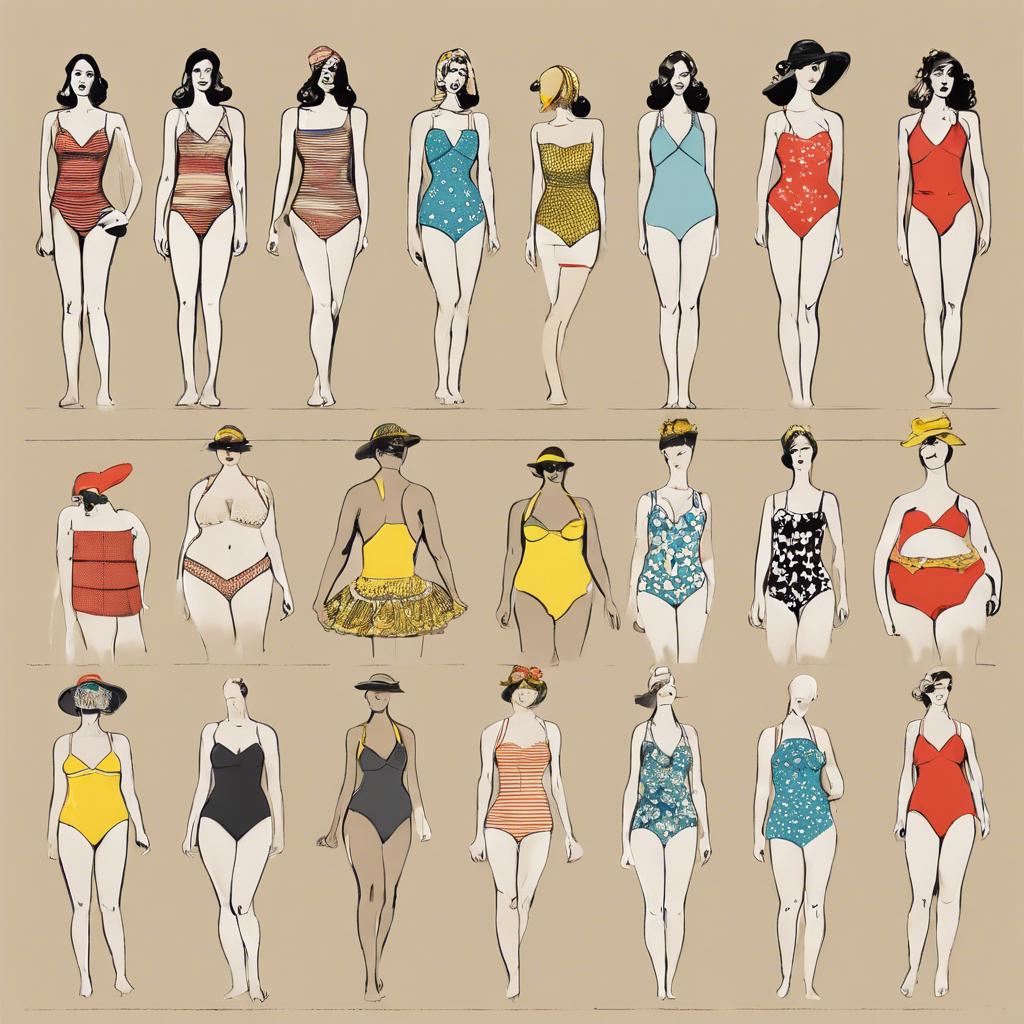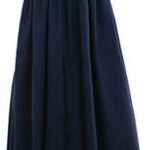During the Regency era, the concept of modesty and decorum was paramount in all aspects of society, including fashion. One particularly intriguing aspect of Regency fashion was the evolution of bathing suits. These garments, designed to navigate the delicate balance between exposure and propriety, offer a fascinating glimpse into the social mores and cultural shifts of the early 19th century. Join us as we dive into the history and evolution of Regency era bathing suits, exploring the complexities of beach attire in a bygone era.
Step Into the World of Cheryl Bolen
Dive into the enchanting stories of love, intrigue, and elegance set in the Regency Era. Cheryl Bolen's novels offer timeless romance and captivating tales that will leave you wanting more.
Explore Cheryl Bolen's Books Now
The Evolution of Regency Era Bathing Suits
During the Regency era, bathing suits for women were quite different from what we see today. These swimsuits were typically made from heavy materials such as wool or flannel, and they covered the entire body from head to toe. The main purpose of these bathing suits was modesty, as it was considered inappropriate for women to show too much skin in public.
One popular style of bathing suit during the Regency era was the “bathing costume,” which consisted of a long gown with sleeves, paired with bloomers or pantaloons underneath. These bathing suits were often accessorized with ribbons, sashes, and bonnets to add a touch of femininity to the otherwise functional attire. Despite their cumbersome design, these bathing suits allowed women to enjoy a day at the beach or participate in water activities without compromising their modesty.
As society’s views on modesty began to change, so did the design of bathing suits. By the end of the Regency era, bathing suits started to show more skin, with shorter hemlines and sleeveless designs becoming more common. This shift marked the beginning of a new era in swimwear fashion, paving the way for the more revealing and form-fitting bathing suits we see today. reflects the changing attitudes towards modesty, femininity, and freedom of expression during that period.
Fashion Trends and Design Elements of Regency Era Swimwear
In the early 19th century, Regency era swimwear took on a more modest and practical approach compared to the elaborate fashions of the time. Bathing suits for women consisted of simple dresses made from lightweight fabrics such as cotton or linen. These garments were designed to provide coverage while allowing for ease of movement in the water.
The design elements of Regency era swimwear included:
- High necklines to maintain modesty
- Long sleeves to protect the skin from the sun
- Full skirts for added coverage and modesty
- Simple, elegant prints or solid colors
Men’s swimwear during this time typically featured:
- Short trousers that reached the knee
- Shirts with sleeves that could be rolled up for swimming
- Simple designs in neutral colors such as white or navy blue
Despite the more conservative approach to swimwear during the Regency era, these garments were still fashionable and reflected the style of the period. Women often accessorized their bathing suits with bonnets or straw hats, while men wore straw hats and carried towels or parasols for protection from the sun. The overall look was elegant and refined, evoking a sense of sophistication even at the beach or swimming hole.
Materials and Construction Techniques of Regency Bathing Suits
In the Regency era, bathing suits were typically made from natural materials such as cotton, linen, and wool. These materials were chosen for their breathability and ability to dry quickly, making them suitable for use in the water. The construction of bathing suits during this time was simple yet elegant, with minimal embellishments and a focus on functionality.
One common construction technique used in Regency bathing suits was the incorporation of ruching and gathers, which added texture and interest to the garments. Ruching was often used to create flounces and frills on sleeves and hems, while gathers were used to shape the bodice and provide a flattering silhouette. These details were achieved through meticulous hand-sewing techniques, showcasing the skilled craftsmanship of the era.
Another notable feature of Regency bathing suits was the use of boning to provide structure and support. Whalebone, baleen, and cane were commonly used materials for boning, which was inserted into casings within the bodice and stays of the garment. This technique helped to maintain the shape of the bathing suit, ensuring a comfortable and flattering fit for the wearer.
Expert Tips for Replicating Regency Era Swimwear in Modern Times
When it comes to replicating Regency era swimwear in modern times, there are a few key tips to keep in mind to capture the essence of the period. One important aspect of Regency bathing suits is the silhouette, which often featured high waistlines and flowing, loose-fitting fabrics. To recreate this look today, opt for high-waisted bottoms paired with a lightweight, flowy top.
Another characteristic of Regency era swimwear was the use of modesty panels, which provided coverage while still allowing for freedom of movement in the water. To incorporate this element into your modern swimwear, look for pieces with additional fabric or ruching that mimics the look of a modesty panel. This detail adds a touch of authenticity to your ensemble.
For a finishing touch, consider accessorizing your Regency era bathing suit with a wide-brimmed straw hat and a pair of delicate sandals. These accessories were common during the period and can help complete your look. Remember to keep your overall styling minimal and elegant to capture the sophistication of Regency fashion.
Future Outlook
the evolution of bathing suits during the Regency era not only reflects the changing attitudes towards modesty and leisure, but also highlights the technical advancements in textile production and design. From the restrictive and cumbersome gowns of the early 19th century to the more functional and streamlined styles towards the end of the era, these garments are a fascinating glimpse into the fashion and societal norms of the time. As we continue to study and appreciate the intricate details of Regency era bathing suits, we are reminded of the rich history and traditions that have shaped the way we dress and present ourselves today.


